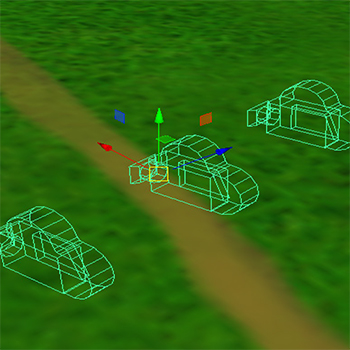The project first started with understanding the characters, their stories, the inspirations behind them, their lines of franchise, their businesses, and the journey of Disney so far and how it became a leading player in the entertainment industry. It was really helpful to understand the core value behind every franchise in order to retell and extend their stories. At present, Disney not only deals with their own characters and stories but has also acquired other studios and media houses like Pixar, Marvel, Lucas Films, and UTV Software Communications. Thus, the role of its subsidiaries like Disney Consumer Products and Interactive Media is to extend these stories through other products. Since all its franchises have different design languages and cater to different groups of audience, it becomes very important to maintain a balance and relation among them without altering the original story.
After studying the stories and characters of Disney, Pixar, Marvel, and Star Wars, the project was followed by a study of existing Disney Stores and Disney Licence Stores all over the world, both their global and local presence. Also, other subsidiaries like Disney Parks & Resorts and Media Networks have been studied to understand how they are using storytelling in their products. During this, it has been observed that they used both methods of extending the existing stories and telling new stories. For example, "Pirates of the Caribbean" was initially a concept for Disney parks, but later it was adapted into a film and game. This study helped with brainstorming and concept generation for the new retail space.
The next phase of the project included a user study, market analysis, understanding and setting a target audience, and a market visit to Disney Licencing Stores. Upon doing all these, goals have been set and followed by the generation of various user scenarios and personas. All the outcomes and findings, design concepts, and themes have been discussed with business heads and vendors. The final phase includes trying to implement new media, interactive installations, and digital solutions for creating a new retail experience. Which involves the study, evaluation, and redesign of various existing interactive products. Also implementing and extending their stories through virtual and augmented reality.



